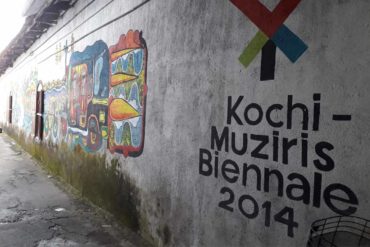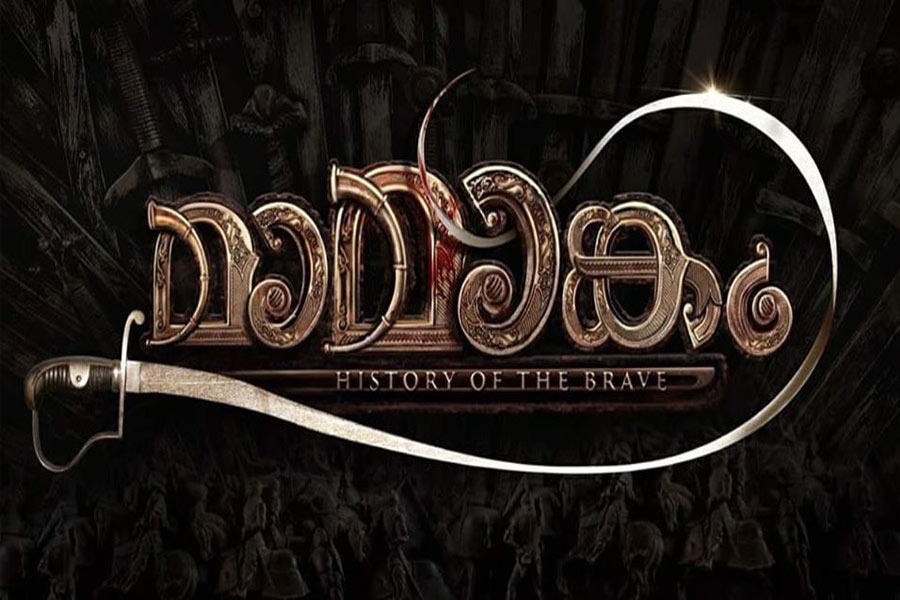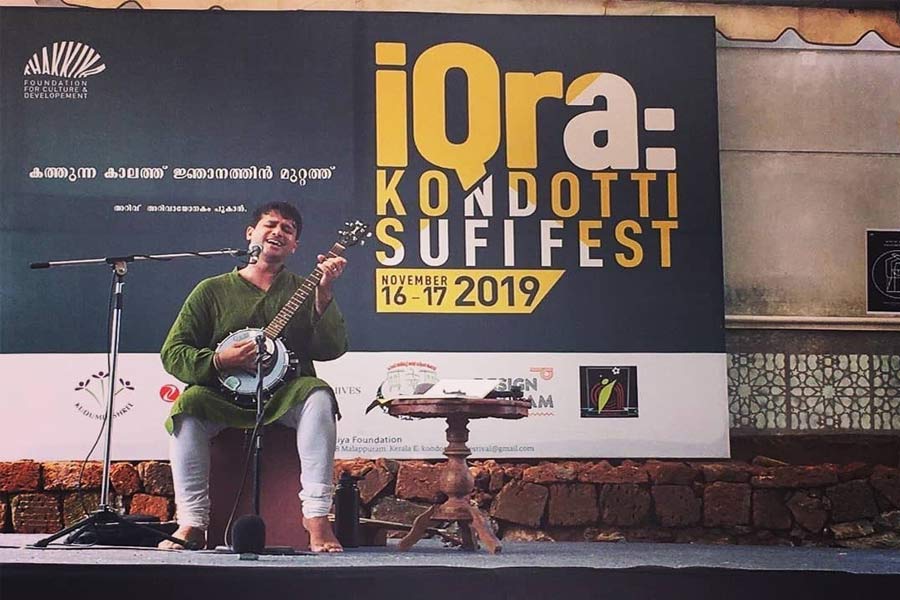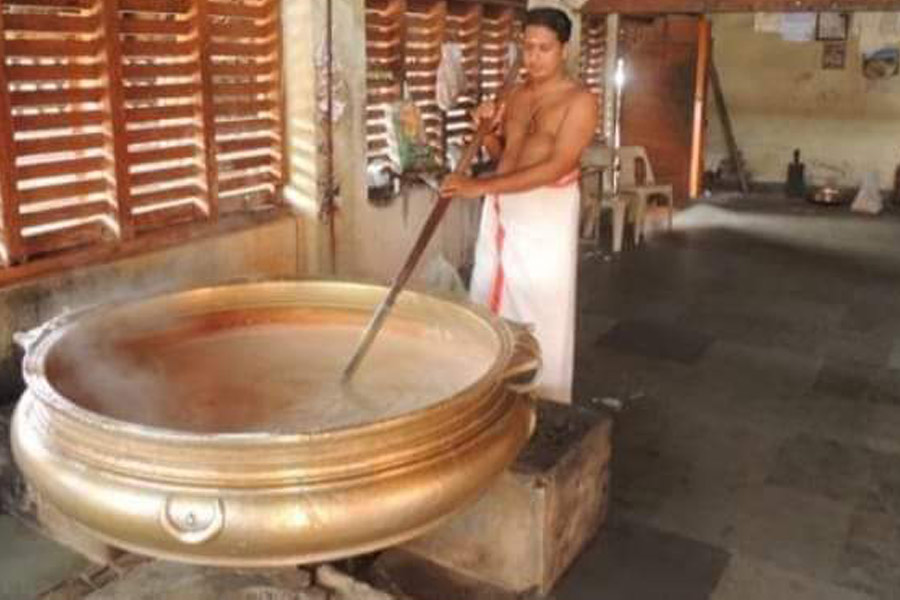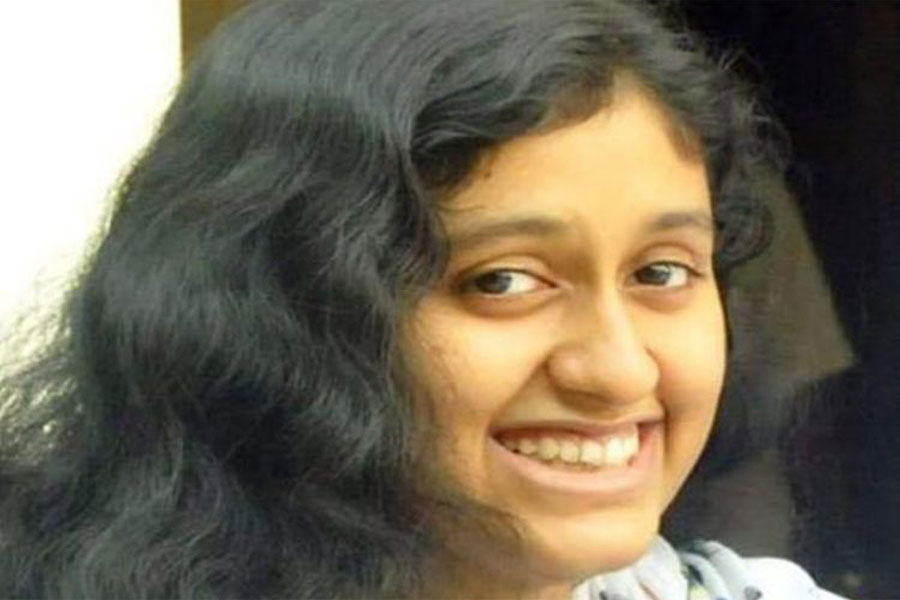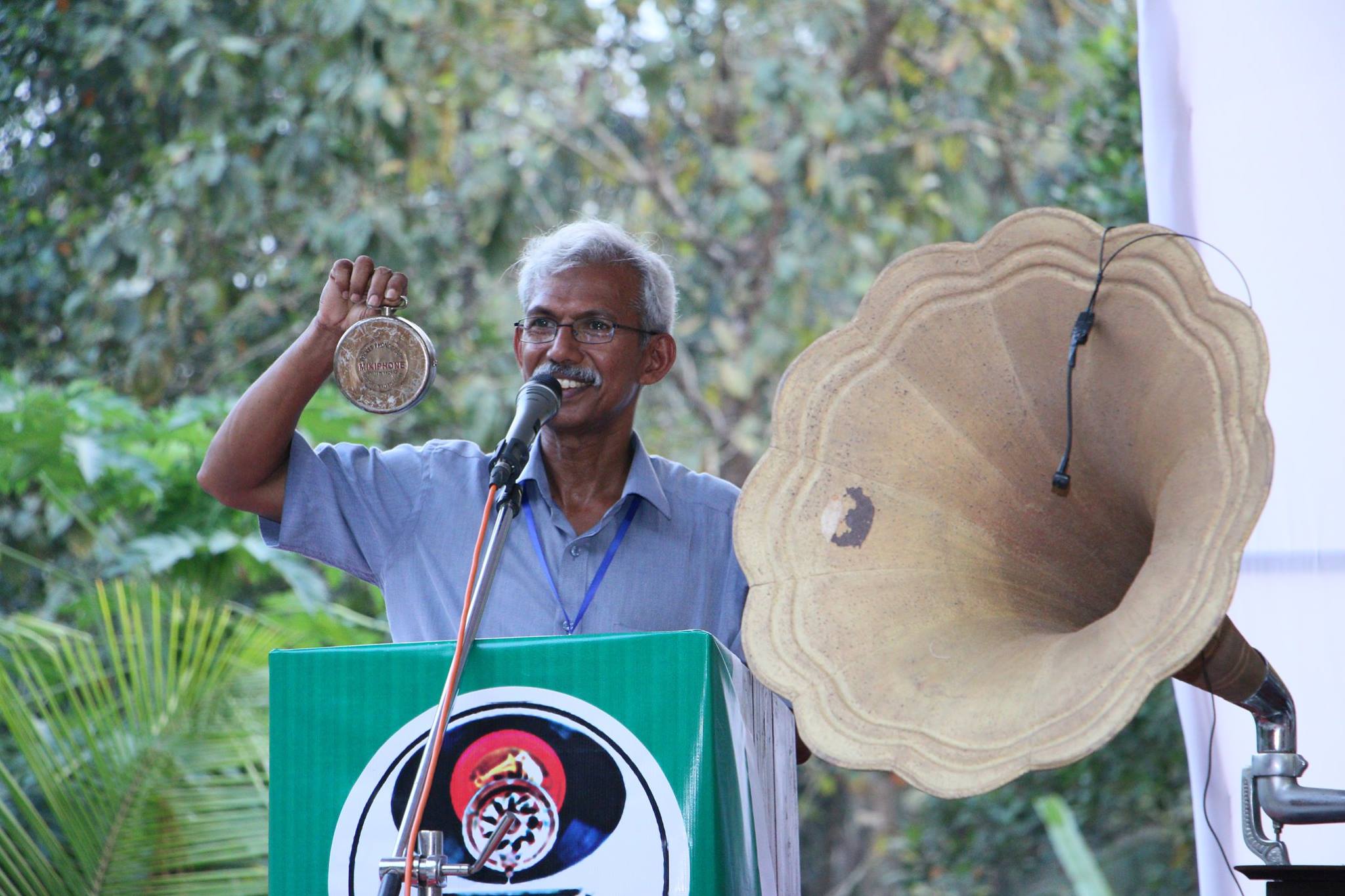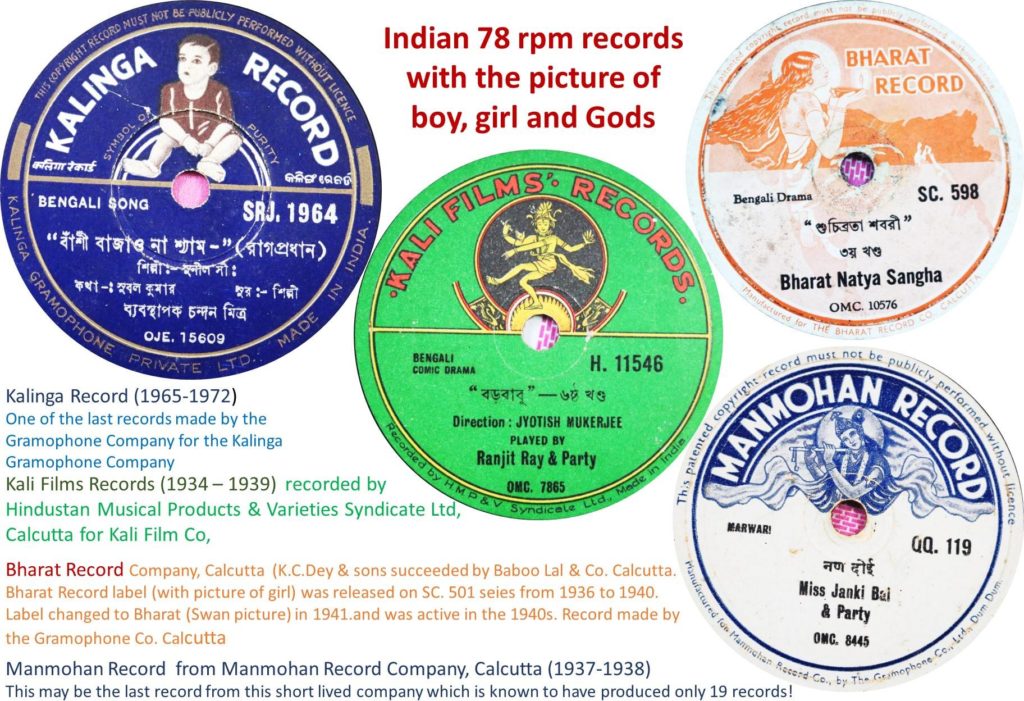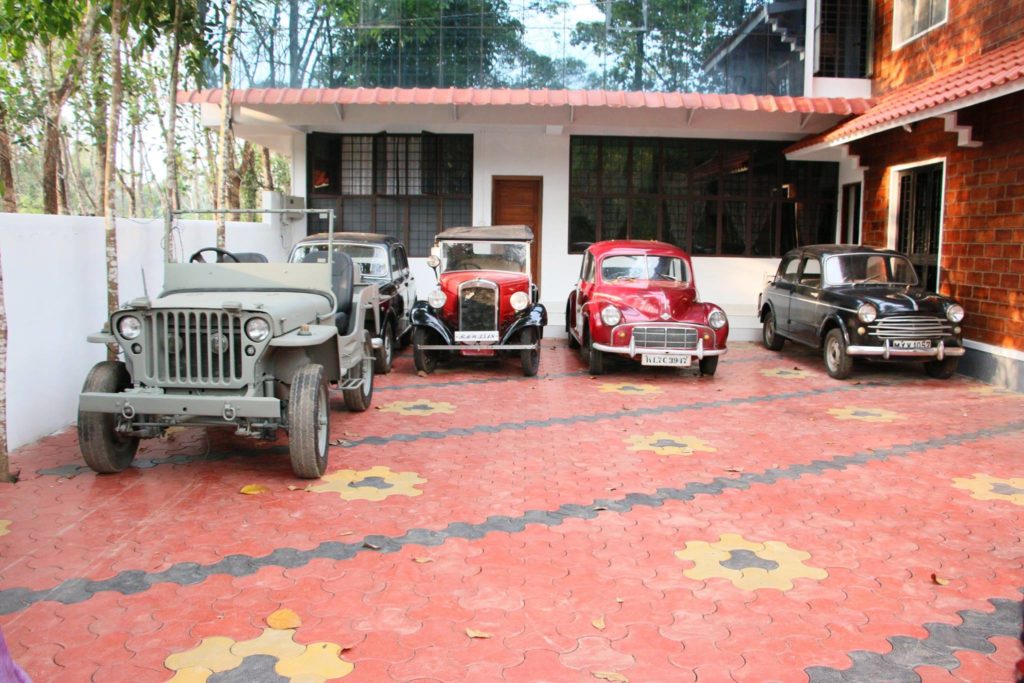The use of gramophones have come down. Today, it has mostly been reduced to an expensive accessory that accentuates the classy interiors of a house built in a perfect traditional style. However, there are still people who harbour a fond love for this device that was probably the only way to enjoy music in the olden days.
Gramophones mean a lot to Sunny Mathew. So much so that he ended up owning at least one piece of every type of gramophone. These pieces finally ended up in his store house, which gradually turned into a museum. A retired employee of the Kerala Forest Development Corporation, Mr. Mathew has collected as many as 300 gramophones and about 1,50,000 records, which are displayed in the museum.
“My friend Mohamed Shafi, famously known as Gramophone Shafi, had organised a two-day exhibition-cum-seminar on gramophones and allied subjects at the Police Club, Kozhikode, in 2012. He persuaded me into this and said there would be enough sponsors for the programme and that the exhibition could be conducted without collecting any entry fee,” says Mr. Mathew.
He made the necessary arrangements for transporting the gramophones, samples of records, display board, etc. While the arrangements were progressing, Mr. Shafi informed him that the event had not received any sponsorship.
“He requested me to cancel our programme. As this was my maiden event, I was physically and mentally prepared for this. I suggested that we do it ourselves, meeting the expenses from our own pockets. However, the programme was a great success and it received media coverage as well. The success of the programme, the hardships behind arranging the event and damage and theft of precious articles while being transported were the inspiration behind opening this museum,” he says.
The museum houses almost every category of sound recording or reproducing equipment like Phonograph, Gramophone, Electrical Record Player, Magnetic Recorders (wire recorders, tape recorders, cassette tape recorders), Optical (film) and laser (LD, VCD, floppy discs of various sizes, etc) recorders. There is also an extravagant collection of records in the museum, acquired from various parts of India. The oldest gramophone records in the collection are from 1898-99, made in Germany. The other records include the first shellac record released in 1898-1972 and the Vinyl records from late 1940s to 1985.
Speaking of his love for gramophones, Mr. Mathew recollects that as children the only means of entertainment for them was to play the 30-40 78 RPM shellac records again and again on a late 1940s HMV No.102 model box type gramophone.
“When radio came, gramophone was forgotten mainly due to the difficulty in getting steel needles for playing the records. In the late 1970s, audio cassette recorder and in the 1980s, video cassette recorder was added. In the 1990s, the next innovation of Laser Discs came. Even then, my fascination for the mechanically playing gramophone was not lost. Over 28 years ago, I found that needles for gramophones are available in Madurai, which kindled my passion for them. During that trip, I purchased a His Masters Voice No. 31 external floral horn type gramophone, which was also the first one in my collection and a stereo record player,” he added.
Mr. Mathew has some rare records in his collection. Sharing one of his experiences he commented, “I had conducted a study on the history of a German gramophone company. This report was published from Vienna in 2010. In the article, I had given the photo of a Tamil record on “Heywa”, requesting the crowd to provide the information on this label. However, nobody has even seen such a record. The same was the case with two Elephone Records, one in Tamil and the other in Telugu, which nobody has ever seen.”
Mr. Mathew has a good collection of early period (1898-1927) acoustic records. These recordings were made using the strength of the voice of the singer, without the use of electricity. Very few of these mechanical recordings have survived. So, a large portion of the records in his collection belonging to this period may be the only remaining copies.
Even though the museum is famous among gramophone lovers throughout the world, it is slowly gaining popularity in Kerala. Mr. Mathew, even before the opening of the museum, in 2014, was invited to make a presentation at the Gramophone Museum in Berlin. A paper was also published on the same.
Puthiyathalaimurai, a Tamil channel, had telecast a two-day programme on the museum.
“Universal Records Forum has informed me that they have entered the gramophone collection in the museum in URF Asian Records and the discs archive in URF World Records,” he added.
He has also planned some future ventures that include digitisation of rare recordings of early period with the co-operation of British Library, London, and enlarging his You Tube channel ‘sunny78rpmmusic’, which has more than 500 recordings. He also informed that after digitisation, the records will be made available to the public on the official website of the British Library. Meanwhile, he is also planning to write a Malayalam book on gramophones, as none have been written as yet.
Mr. Mathew also has a fetish for vintage cars and owns a couple of them. He developed a liking towards these cars after seeing a collection of vintage cars with his friend Ahamedkutty Haji in Sitapur in Coorg, Karnataka. Within two years, he succeeded in getting a 1933-model Austin 10 Tourer car, followed by a 1951-model Morris Minor, 1956 and 1962 models of Italian Fiat, Indian-make Montana car from Sipani company, Jawa, and Rajdoot GTS motorcycle.
In addition to this, the museum also has a section for musical instruments like the veena and a violin made by his late father K.M. Mathai in the early 1960s. It also has very old shuttle-type sewing machines, mechanical calculators, typewriters, old instruments, tools, utensils, lamps, weights and measures, phones and statues, and wood carvings by Mr. Mathew.
“The importance of my collection is clear to my family members, who are very cooperative in my initiative. This is my passion and I do not expect any awards in return. Gramophones and records are very rare and are not affordable. If I come across a rare one, I will definitely collect it. Audio cassettes are quickly disappearing, so my efforts are to salvage the remaining ones,” says Mr. Mathew.

